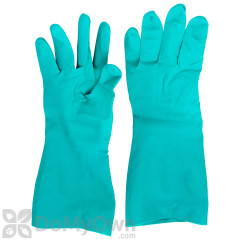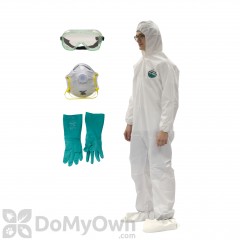What are Delta Dust and Drione Dust used for?
DeltaDust or Drione Dust are pest control products that offer up to 8 months of control against the most common household pests. These dusts are intended for application with a hand duster or similar tool, which makes it easier to apply the product in places where insects are found.
How to Apply Insecticide Dust
Dusts should be applied lightly and uniformly to the infested area.
Pay particular attention to: cracks and crevices, service ducts, floors and ceilings, wall voids, around electrical and telephone fittings and equipment, around water and sewer pipes, under and behind cabinets, refrigerators and sinks, around windows and door frames, along baseboards, in attics and crawl spaces.
The amount to be applied will vary with the site, but should usually be in the range of 2-3 grams of DeltaDust or Drione Dust per square yard (or 1/2 lb. per 1000 square feet). It is important to refer to the label for instructions on how much dust to apply so you can improve your pest control treatment.
Tips For Using the Hand Duster Correctly
The hand duster we sell at DoMyOwn is a great tool for getting the dust exactly where it needs to go. However, make sure that you're using the duster correctly.
- When applying dust products, the duster should be filled only halfway - no more than two-thirds full. This allows for adequate air space to create the desired air/dust mixture prior to application. If there is too much dust in the duster, there may be clumps of dust on treated surfaces. Clumps of dust in treatment areas can lead to over application of the product and messy spills.
- Between each squeeze, the duster should be shaken slightly to get the dust floating inside the duster.
- When applying dust into cracks and crevices and on surfaces, gently squeeze the duster to ensure the application of very thin layers of dust. When dusting correctly, you should barely be able to see the dust emerging from the tip of the duster.
- Before relaxing your grip on the duster, pull it away from the surface or crack you are treating to prevent sucking up lint, moisture, or debris. Small amounts of these items will eventually cause lumping and/or clogging of the duster.
- When treating around electrical outlets, use dusters fitted with plastic or fiberglass spouts, or place a small section of rubber hose or plastic tubing over the metal tip to avoid contacting electrical wires. These tubes will also enable you to reach around corners and beneath cabinet voids that would otherwise be impossible to treat.
- Carry a small brush and a damp cloth. These can be used in the event that dust accidentally drifts out of cracks and crevices and onto non-target areas. Use the brush to push excess dust into cracks, and use the cloth to wipe up.
- Apply delta dust carefully, as directed by the label, so it does not travel to areas where it might be hazardous. Prevent food contamination by not dusting any areas where food could be exposed to dust or where food is handled. Also, be aware of any air currents that could transfer dust to containers or other objects, as this can also lead to food contamination.
Pro Tip
Place several pebbles or small ball bearings in your duster to keep the dust agitated and ensure that any clumps are broken up prior to application.
View our selection of Insecticide Dusts and Handheld Dusters.
View Additional Products For:



